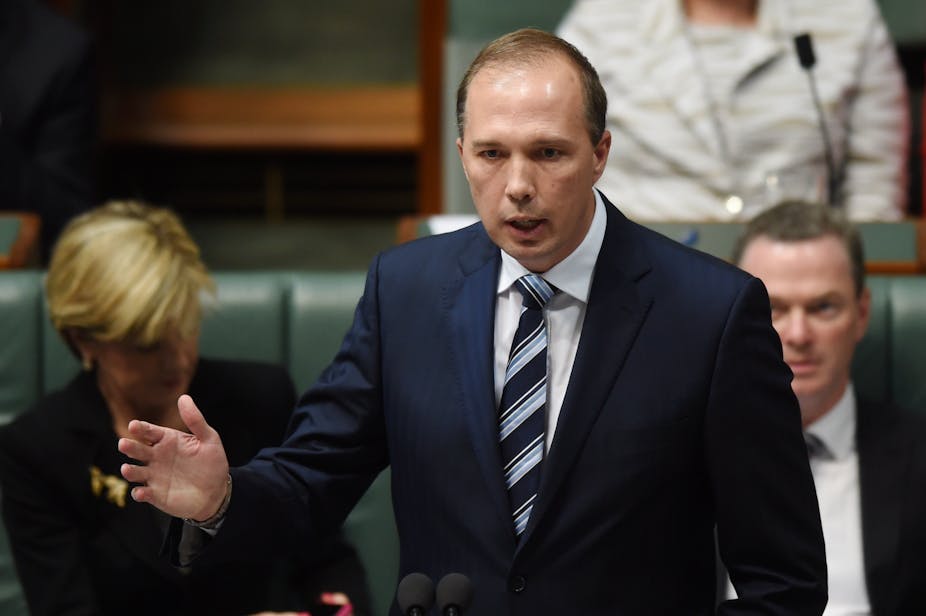Despite the Commonwealth government warning the nation’s health bill is spiralling out of control, a new report shows Australia’s growth in health expenditure is the lowest since the mid-1980s.
The Australian Institute for Health and Welfare (AIHW) report, released today, shows the average health expenditure per person fell from $6,447 in 2011-12 to A$6,430 in 2012-13.
Australia spent a total of A$147.4bn on health goods and services in 2012-13, up from $145.2bn in 2011-12. This represents a growth rate of 1.5% – three times lower than the average growth over the past decade (5.1%).
Health Minister Peter Dutton has used rising health costs to justify the introduction of a $7 GP co-payment, which is yet to pass the Senate.
But the report shows the largest reduction of government expenditure on health in a decade. In 2012–13, governments funded 68% of Australia’s health expenditure, 1.6 percentage points lower than the previous year.
Individuals, private health insurers and motor vehicle/worker’s compensation insurance programs funded the remainder of the nation’s health bill.
Internationally, Australia’s health spending as a proportion of gross domestic product was 9.4% in 2012, just above the OECD average of 9.2%.
“A number of commentators have claimed the health system is unsustainable and this report gives lie to those sorts of statements,” said Stephen Duckett, Director of the Grattan Institute’s Health Program.
Professor Duckett said it was interesting that Australian government spending had declined by A$1.5bn in real terms, while out-of-pocket costs had risen by $1.7bn.
“So there’s been, effectively, a cost shift from the Commonwealth government to patients and consumers over that last 12 months,” Professor Duckett said.
“I think that puts the co-payment issue in perspective: there’s already been a shift in that direction.
"And as I’ve pointed out previously, the co-payments impact particularly on the poor and … the sickest among the poor.”
The report shows Australia spends the most on hospitals (A$56bn), followed by primary care (A$53bn) and very little on public health (A$2bn), which University of Sydney Professor of Health Economics Glenn Salkeld said was “back to front”.
“We should be doing everything possible to keep people out of hospitals. The only way to do that responsibly is to invest in preventing illness and make it a life-long commitment,” he said.
But this would not eliminate chronic diseases altogether, he said.
“What we can and should do is help people manage their illness in the community, to access the care they need where they live.”
Professor Salkeld said the slowdown in health expenditure growth was surprising, but not necessarily positive.
“If there was evidence that the slow down was a result of weeding out wasteful and ineffective health care then it would be a good thing,” he said.
“But there is nothing in the AIHW report to suggest that the slowdown is a result of eliminating waste. The worry is that the slowdown may eliminate effective and equitable health care.”
Professor Duckett said health expenditure had traditionally grown faster than inflation, “partly because new technologies, new machines or new drugs” were introduced into the system.
But that growth had begun to slow, he said.
“In the last five years or so, a number of drugs have come off patent, which has had a big effect on reducing pharmaceutical growth and there hasn’t been the same growth in new technologies.”

